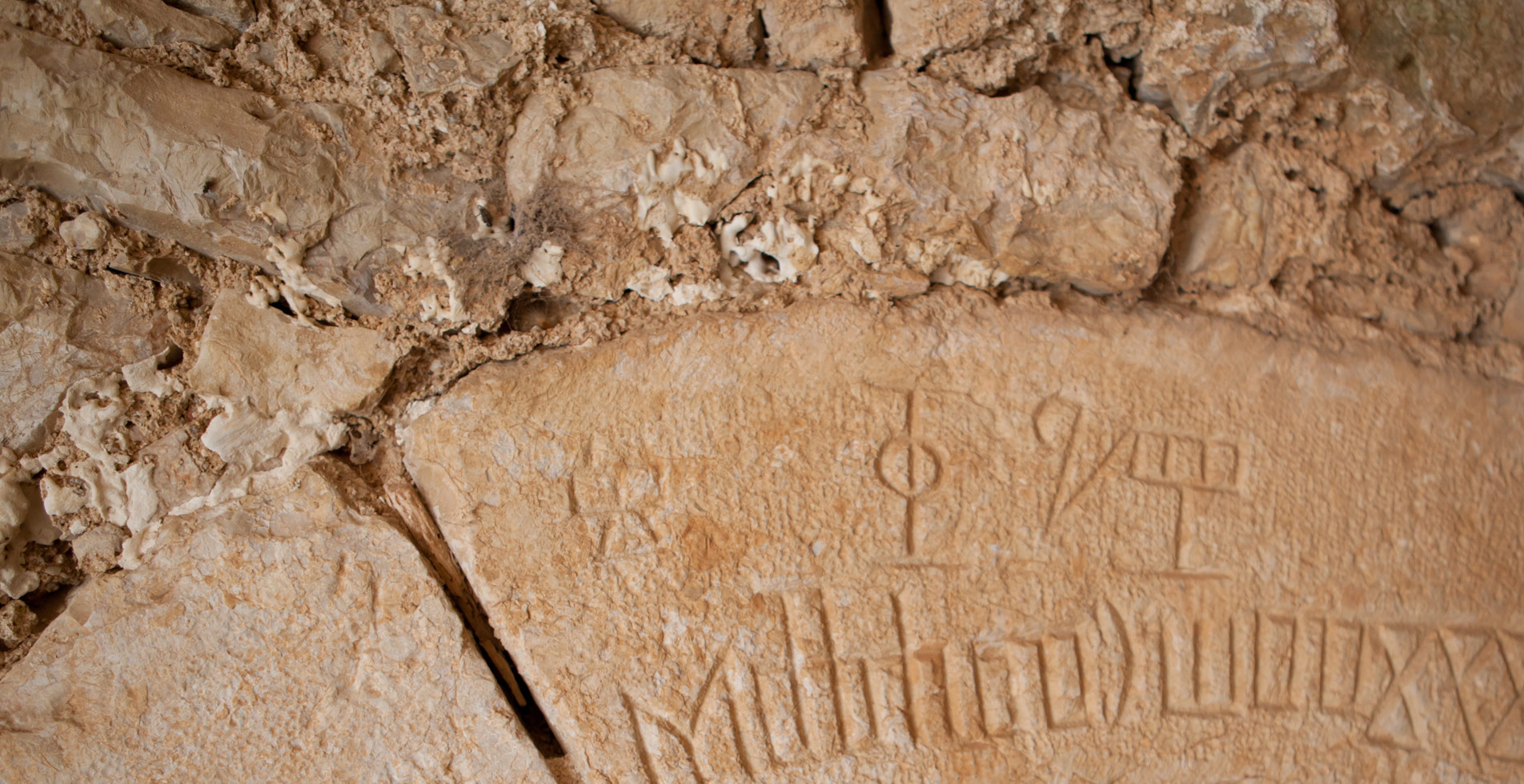The traces of formation and life in this region date back to the period we call prehistory. Numerous toponyms, as well as material, tangible traces bear witness to that. The written record of Dobrinj itself and the history of Dobrinjsko takes us to the nearby village of Sveti Vid and dates back to the year 1100. A wealthy man called Dragoslav (whose name is accompanied in the document by the epithet “famous” and whose life we know very little about) decided to bestow a gift on the parish church of Saint Stephen. The gift consisted of a newly-built chapel and the Christian martyr Saint Vitus was chosen as its patron saint. As a result, Dobrinj got its “birth certificate”, the parish church in Dobrinj got its “gift” and the nameless village got the name Sveti Vid (Saint Vitus), as well as its place in the national history. Written records and legends preserved in the oral tradition tell us about the formation and suffering of this region. Dobrinj itself has suffered the most. A lot has been taken from it, but a lot more has been preserved by the people of Dobrinj. Among other things, they have preserved Glagolitic manuscripts, that is documents that tell us about the life and people throughout the history of this region. The passing of time and the changes it brought have not managed to erase čokavica, a form of the Chakavian dialect, specific only to the Dobrinjsko region in the whole of Croatia. Centuries have passed, rulers and state flags, languages and systems have changed, but the primordial characteristics of this region have remained unchanged in every aspect. That is why this region has been rightfully declared one of the cradles of Croatian culture and literacy.

